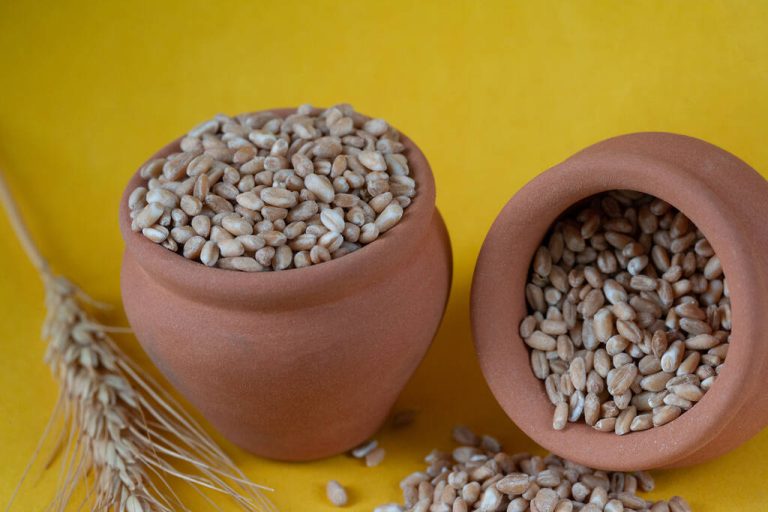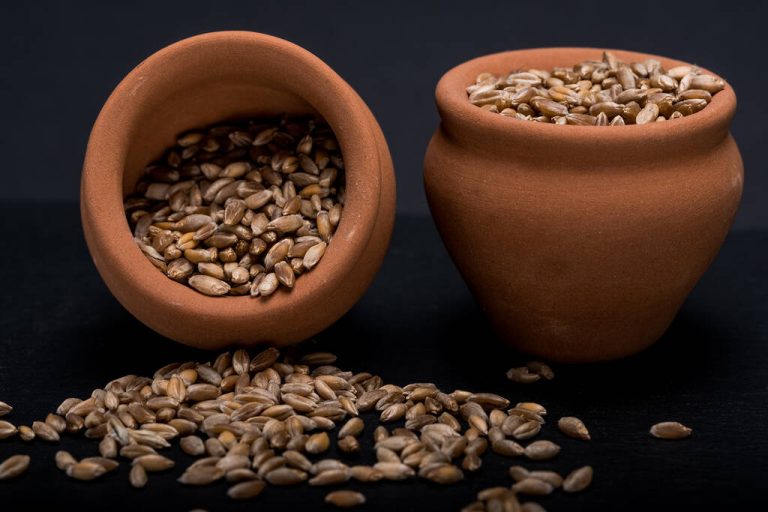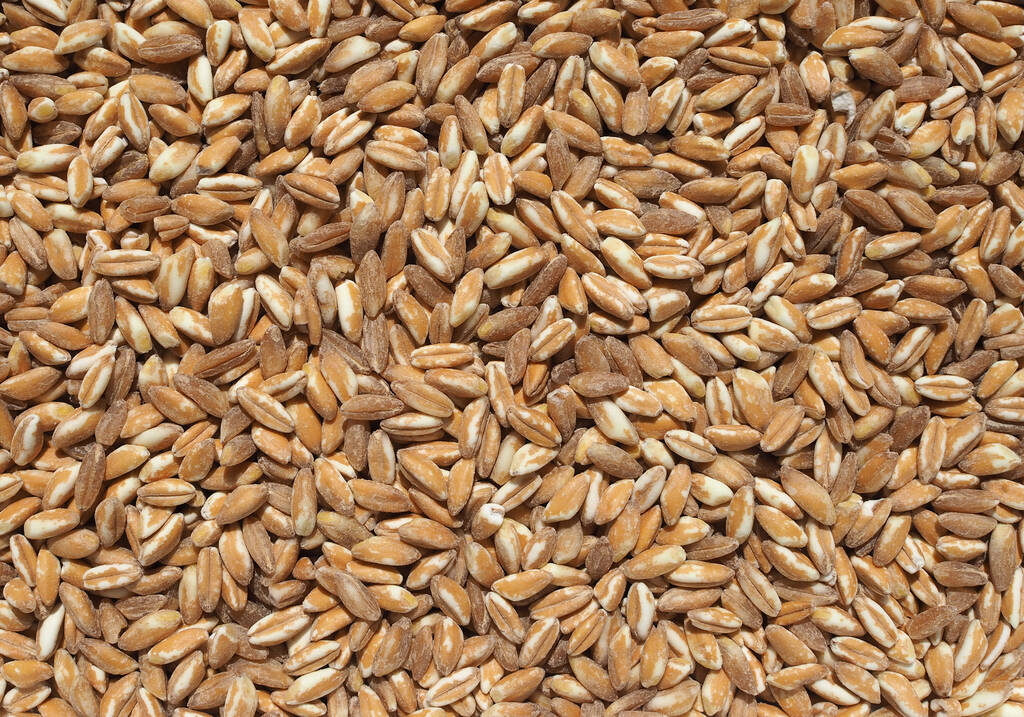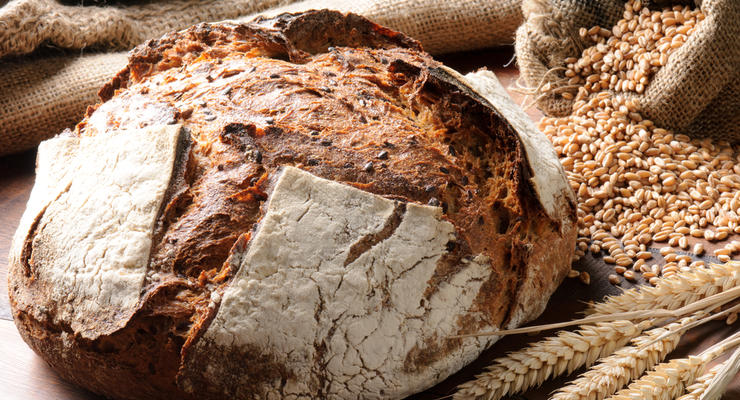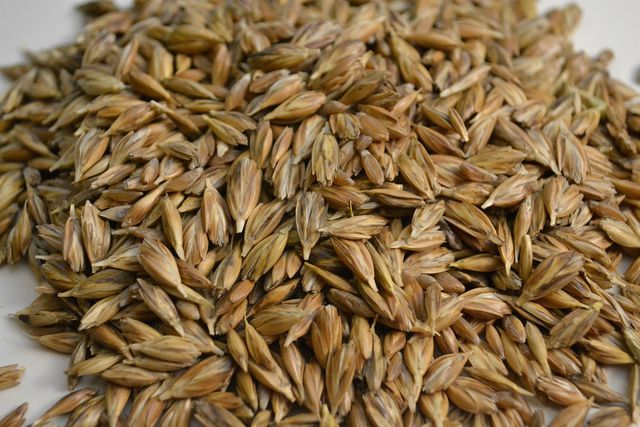The ancient grain emmer is currently experiencing a comeback. It’s not just better for the environment. Products from it are also healthier. To what extent, you will find out in this article.

What is emmer?
Wheat, barley, maize, rapeseed and rye: these five crops dominate 75 percent of arable land in Germany. There is hardly any room left for old types of grain, such as emmer, mainly for reasons of yield. Although emmer belongs botanically to the wheat genus, it is quite different from its modern “descendant”.
Zweikorn, as emmer is also called, was already cultivated 11,000 years before Christ. Long forgotten, more and more farmers are rediscovering the old grain variety. The reason is not only the increasing regional and health awareness of consumers. Emmer also needs less fertilizer than today’s wheat and thus protects water and soil.
Emmer is particularly suitable for the production of bread and beer. Emmer grains are also suitable for soups, stews or vegetable patties.
What distinguishes the ancient grain emmer?
The grain is up to 1.50 meters high and thus grows higher than today’s wheat or rye. He has two grains per ear. These are surrounded by so-called husks – a shell that protects the grain from harmful external environmental influences such as pollution from the air or from diseases. Modern high-yield wheat has had its husks bred away, so the use of pesticides is necessary. The reason for new breeds is obvious: removing the husks means another work step that causes costs. Mills that process emmer must accept the need to remove the husks.
Other features:
Ear colors: red, black and white emmer
Different varieties: Ramses, Roter Heidfelder, Späth’s Albjuwel
Cultivation area: Emmer gets along well with a low supply of nutrients, even on poor and dry soil, and is usually cultivated in the vicinity of a few innovative mills.
Endangerment: The grain can be found on the Red List of Endangered Native Crops.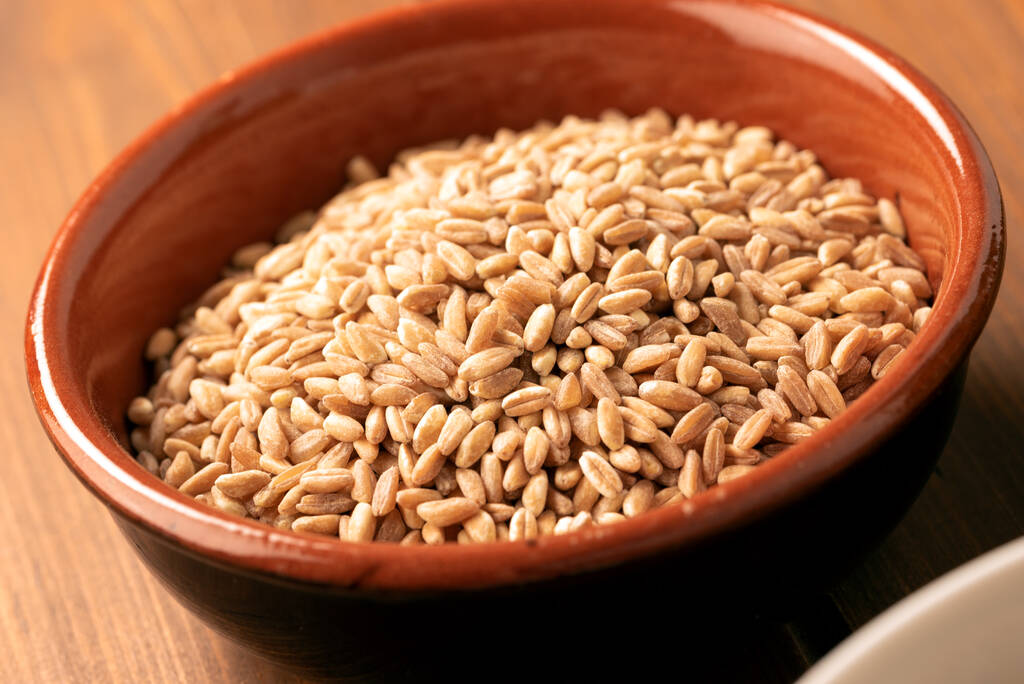
Why is emmer healthy?
Due to the high protein and protein content and the many minerals, processed emmer is significantly healthier than light wheat flour. It also contains zinc, iron, magnesium and vitamin E. This is a cell protection vitamin and protects blood vessels, for example. Whether it also has a preventive effect against cancer is discussed, but has not yet been scientifically proven.
According to the German Celiac Society, one in every 1,000 people in Germany suffers from celiac disease, i.e. gluten intolerance. Those affected are allergic to gluten, a protein contained in cereals. What may come as a surprise, however, is that, contrary to popular belief, ancient grains, including emmer, contain more gluten than modern wheat.
According to the Stuttgart University of Hohenheim, however, there is a possibility that people with celiac disease can still enjoy old grain worries, such as emmer, in bread. The key therefore lies in the gluten structure, which differs from that of wheat and a traditional baking method. “The dough is prepared with sourdough and left with sufficient rest and maturing times between the individual work steps, we speak of a ‘long dough process’,” explains Tobias Pfaff, head of the baker’s technical school in Stuttgart.

